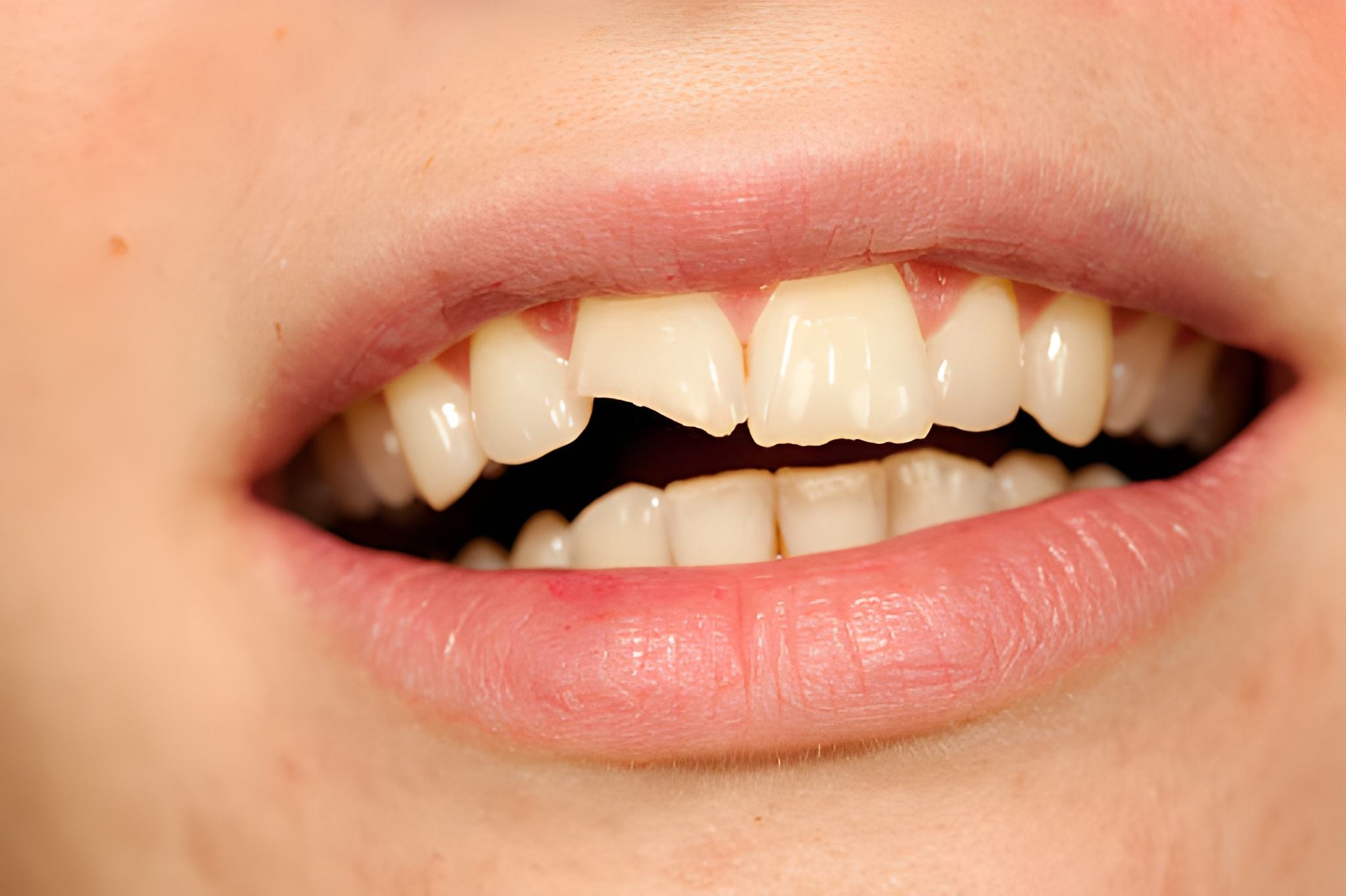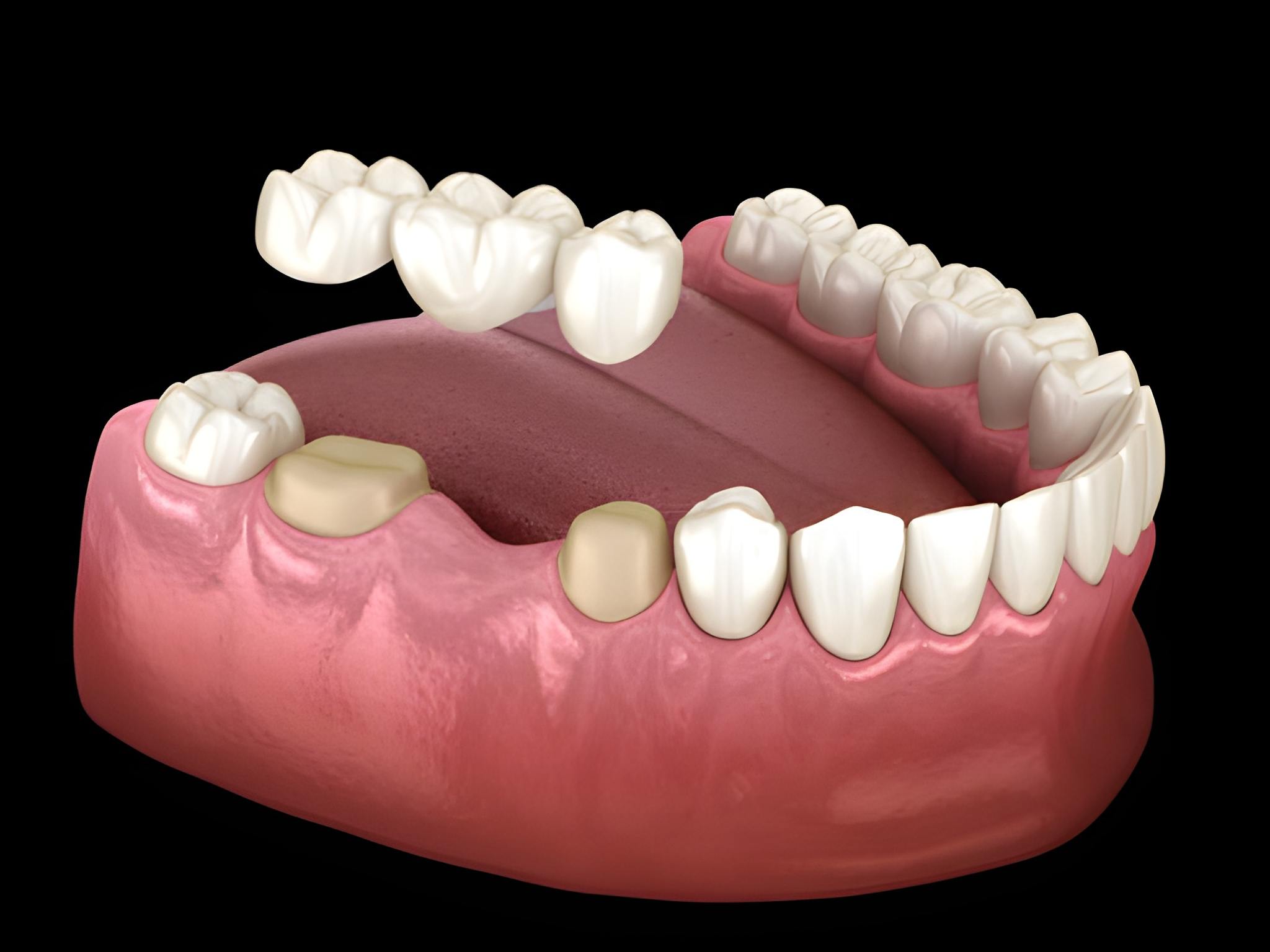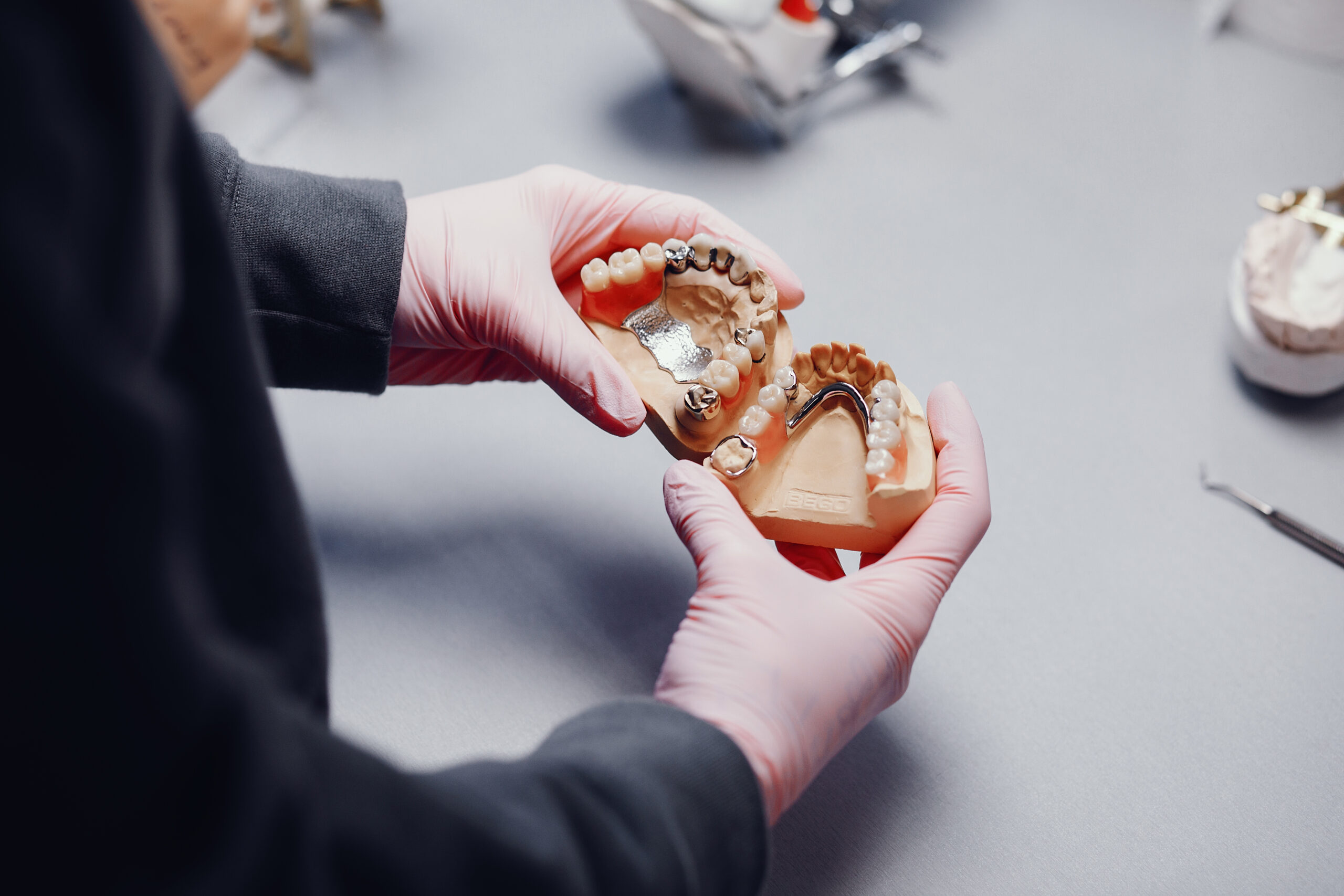Home Understanding The Different Stages of the Root Canal Treatment Process

Dentists propose a root canal technique, endodontic therapy, to remove diseased pulp and preserve infected or damaged teeth. It aids in preventing tooth extraction if they get damaged or diseased.
The pulp includes nerves and blood vessels, which keep your tooth alive. When a dentist detects an infection in your pulp, he may offer root canal therapy to prevent future infections. If you want to know more about the root canal treatment process, you are at the right place.

In the following sections, we take a closer look at:
Continue reading as we learn more about different aspects of the Root Canal Treatment procedure in the following sections.
Despite popular belief, endodontic treatment effectively saves infected teeth and restores their function. It is generally a last resort to save a dying tooth to restore your oral cavity.
If you are interested in scheduling a root canal, stay relaxed as it’s a painless procedure, especially if you understand what to anticipate by reading the treatment step-by-step guide below.
Understanding the various stages of root canal therapy can help reduce anxiety and keep patients informed about the procedure.
This detailed overview will look at the different stages of root canal therapy, from initial diagnosis to ultimate restoration.
The initial stage of endodontic treatment is to diagnose the necessity for the procedure and examine the amount of the infection or damage. During this phase, the dentist will:
Once the necessity for root canal treatment has been determined, the following step is to access the tooth’s inner chamber and remove any infected or damaged pulp. Here’s what occurs at this stage:

After cleaning the root canals, your dentist in Gallup, New Mexico will follow this step to shape and prepare your cavity for filling. It is critical for creating a good seal and the long-term effectiveness of the therapy. Here’s what occurs.
After cleaning and shaping the cavity, the following step is to fill and seal them to prevent germs from re-entering. This is how it’s done:
The root canal process’s ultimate stage is restoring the tooth to its full function and look. This may necessitate further dental operations such as:
Everyone enjoys an ice-cold drink on a hot summer day or a warm bowl of soup on a freezing winter night, but diseased or inflamed teeth can make these experiences uncomfortable. One significant advantage of the root canal process is that it eliminates damaged nerves, allowing you to resume enjoying your favorite meals.
The purpose of an endodontic treatment is to preserve your tooth rather than replace it. While dental prostheses can help restore some of the strength of missing teeth, nothing will ever look, feel, or operate exactly like your natural teeth. So, if you want to continue eating your favorite foods without compromising the look of your smile, a root canal is likely your best option.
Most dental prostheses will last around ten years if you’re lucky, after which repairs, changes, or even new restorations may be necessary. Implants, in particular, may be a time-consuming and continuous procedure. Often, the tooth will not even require a crown following RCT treatment steps, resulting in less continuing dental care and maintenance, sparing you from repetitive appointments with the dentist.

Most people associate RCT with an excruciatingly painful treatment. However, most of this discomfort is caused by the rotting and diseased pulp that the treatment is designed to remove. Most patients will feel little or no discomfort following their endodontic treatment. Patients who undergo RCT are six times more likely to describe the procedure as painless than those whose teeth are pulled.
The infection in your tooth’s dental pulp chamber will not be limited to just one tooth. It can spread to other teeth or sections of the body, causing more damage to your smile and oral health. Patients who do not repeat the process are more prone to develop swelling, discomfort, and subsequent infections of their teeth, gums, and other oral tissues. If left untreated, this illness can hurt your general health and possibly be fatal.
A throbbing toothache is one of the most unpleasant experiences you may have. Discomfort might cause you to lose focus at work. Not only will it destroy your productivity, but it will also spoil whatever time you have to unwind. The pain associated with a canal is mainly caused by the infected dental pulp inside your tooth before the treatment and healing. Different steps in RCT remove the injured nerves and germs causing the pain and relieve your toothache.





